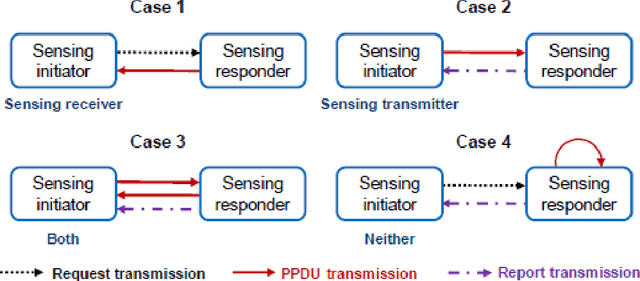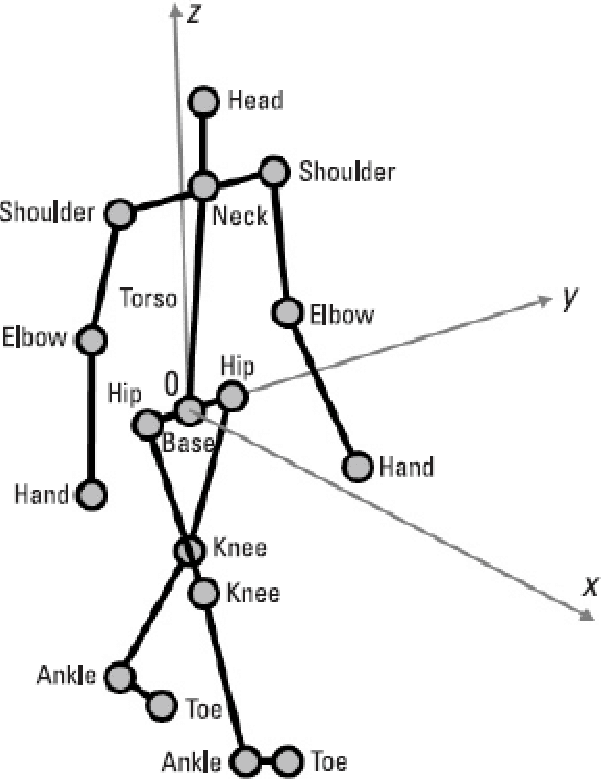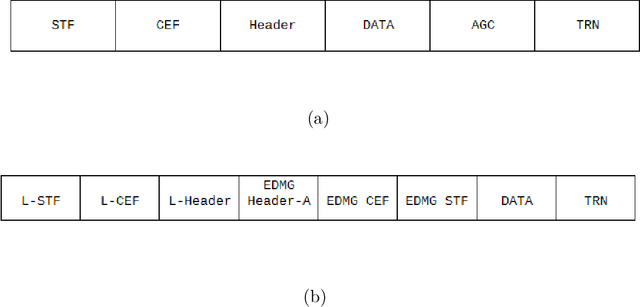How Well Sensing Integrates with Communications in MmWave Wi-Fi?
Paper and Code
Feb 16, 2023



The development of integrated sensing and communication (ISAC) systems has recently gained interest for its ability to offer a variety of services including resources sharing and new applications, for example, localization, tracking, and health care related. While the sensing capabilities are offered through many technologies, rending to their wide deployments and the high frequency spectrum they provide and high range resolution, its accessibility through the Wi-Fi networks IEEE 802.11ad and 802.11ay has been getting the interest of research and industry. Even though there is a dedicated standardization body, namely the 802.11bf task group, working on enhancing the Wi-Fi sensing performance, investigations are needed to evaluate the effectiveness of various sensing techniques. In this project, we, in addition to surveying related literature, we evaluate the sensing performance of the millimeter wave (mmWave) Wi-Fi systems by simulating a scenario of a human target using Matlab simulation tools. In this analysis, we processed channel estimation data using the short time Fourier transform (STFT). Furthermore, using a channel variation threshold method, we evaluated the performance while reducing feedback. Our findings indicate that using STFT window overlap can provide good tracking results, and that the reduction in feedback measurements using 0.05 and 0.1 threshold levels reduces feedback measurements by 48% and 77%, respectively, without significantly degrading performance.
 Add to Chrome
Add to Chrome Add to Firefox
Add to Firefox Add to Edge
Add to Edge